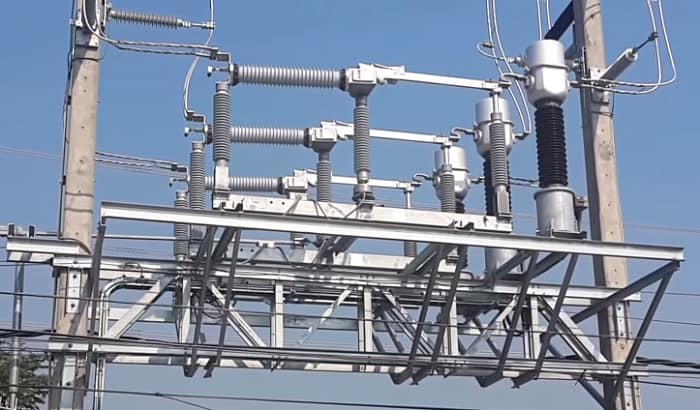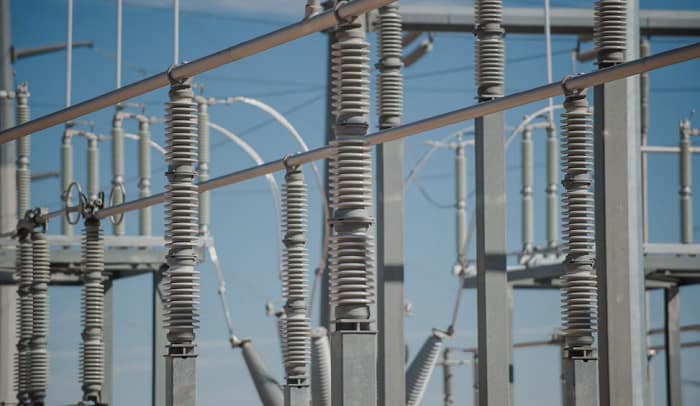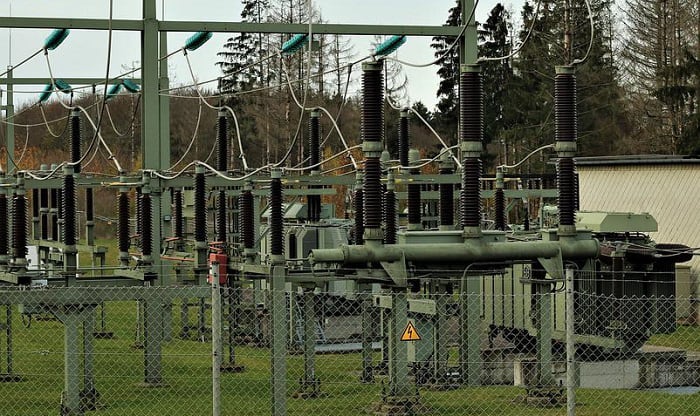Have you ever been to or passed by an electrical substation? Did you notice something that looks like a layered plate in a vertical or horizontal position?
That is a circuit switcher; it acts like a circuit breaker and provides protection from faults that may come from the transformer.
If you are a regular person who often wonders, “What is a circuit switcher?” then this article might be perfect for you.
Circuit Switcher: What’s It?
Definition
A circuit switcher is a mechanical device that regulates the current in a circuit. It can handle various types of current in both normal and abnormal circuit conditions.
The switcher utilized in the past was a combination of an interrupter and a sequence of disconnect switches. As time passed, these switchers have improved in performance.
Nowadays, most substations use the SF6 switcher with a maximum interrupting capability of up to 40 kA — a massive change vs disconnect switch models of the past with only 4 kA of interrupting capability.
Sulfur hexafluoride, also known as SF6, is used in this switcher type. This gas is employed as it has qualities suitable for high voltage electricals.
It is chemically stable at temperatures as high as 500 degrees Celsius. Furthermore, it is also non-toxic and non-flammable. Lastly, it has a great dielectric property, making it an ideal arc quenching medium.
Purposes
The primary purpose of an interupter switch is to protect transformers, lines, cables, capacitor banks, and shunt reactors.
It helps ensure the safety of the power grid and is available in different voltage ratings.
How Does a Circuit Switcher Work?
Just like a standard circuit breaker, an SF6 circuit switcher has two main components that play a vital role. First is the interrupter, where the opening and closing of contacts happen. The second part is the drive mechanism.
During normal operation, the contacts of the interrupter will remain close. However, during trips, moving contacts will move away from fixed contacts. When this happens, SF6 gas will gather near the pistons, then be pushed toward the nozzle, leading to arc quenching.
If you compare circuit switcher vs circuit breaker, a breaker has a much higher interrupting and withstand current capability.
As for a transrupter vs circuit switcher, the switcher can interrupt more fault current. It also has a higher rating than a transrupter.
Lead Time to Procure and Cost
The average lead time to procure for a 138kV 2000A 40KAIC circuit switcher is 18 weeks. Regarding its cost, this unit has an average price of $40,000.
Meanwhile, the lead time for a 345kV 1600A 40KAIC unit is 28 weeks, costing more or less $160,000.
FAQs
Circuit Switcher and a Breaker: What is the Difference?
The main difference between a circuit breaker and a circuit switcher is the type of application.
A circuit breaker is mainly used in a lower voltage power supply like residential houses. In contrast, a circuit switcher is primarily used in a high voltage circuit like a power substation with an electric transformer.
What Does a Circuit Switcher Do in a Substation?
Just like a circuit breaker on a circuit, a circuit switcher detects unusual electrical flows. It interrupts the current when overloads or overvoltages occur in the line caused by the fault from the power transformer.
What is an S&C Circuit Switcher?
An S&C circuit switcher is a type of switcher made by S&C Electric Company. This company is a leading manufacturer in solutions for different electrical systems.
What is the Purpose of the High Voltage Circuit?
The primary purpose of a high voltage circuit is to supply the demand for electricity needed by a device.
In power stations, high voltages may be distributed to substations for reductions before distribution in various areas.
In most cases, you can see a yellow danger sign as the symbol for high-voltage circuits.
Conclusion
The primary application of a circuit switcher is to provide protection for the transformer against faults that come from the substation.
The circuit switcher is just one of the essential parts of a substation, along with the transformer and other components.
If you want to learn more about electricals aside from what is a circuit switcher, you can check the topics we have tackled before or look forward to our next articles.
Related:

I am Edwin Jones, in charge of designing content for Galvinpower. I aspire to use my experiences in marketing to create reliable and necessary information to help our readers. It has been fun to work with Andrew and apply his incredible knowledge to our content.



